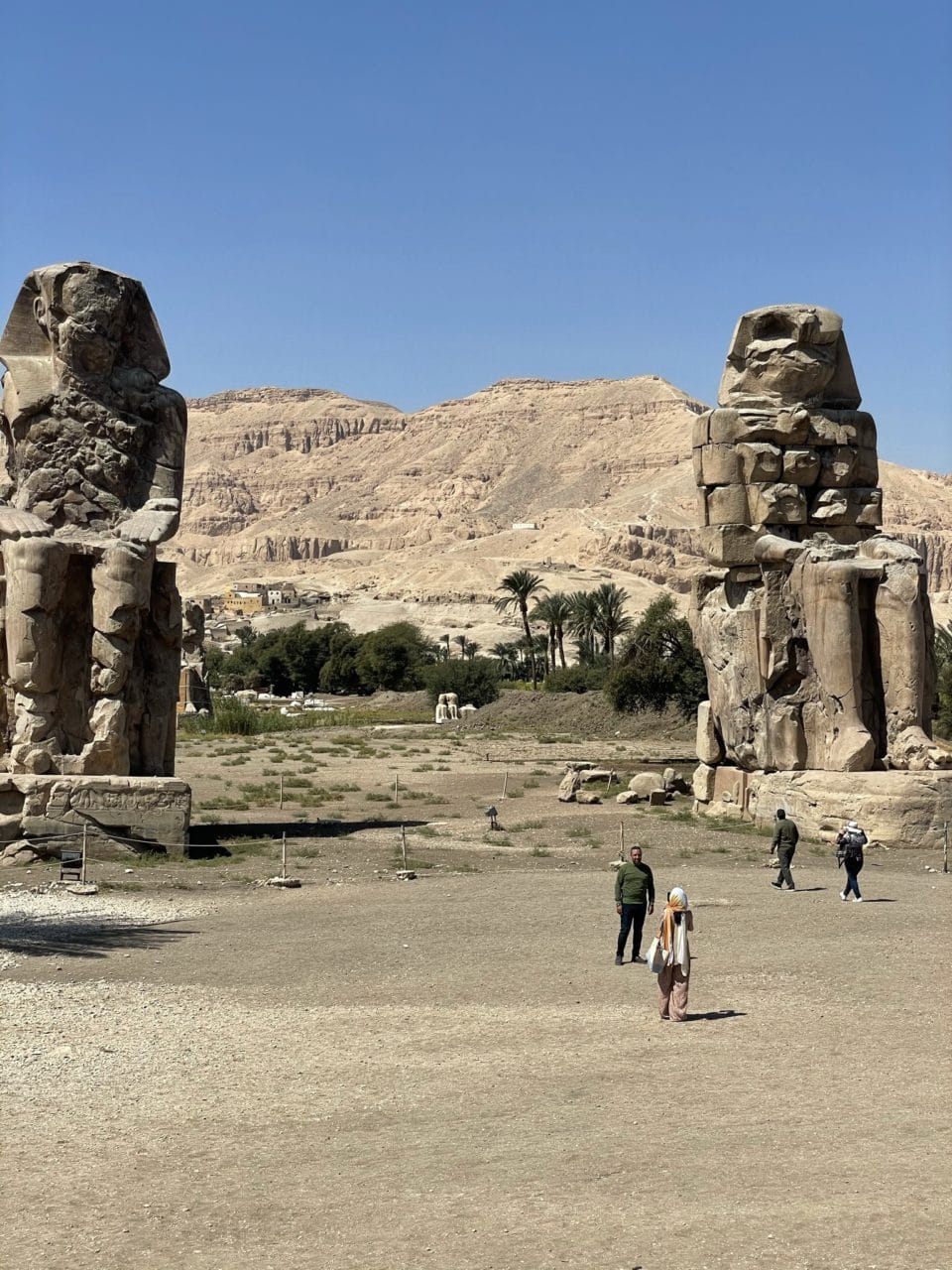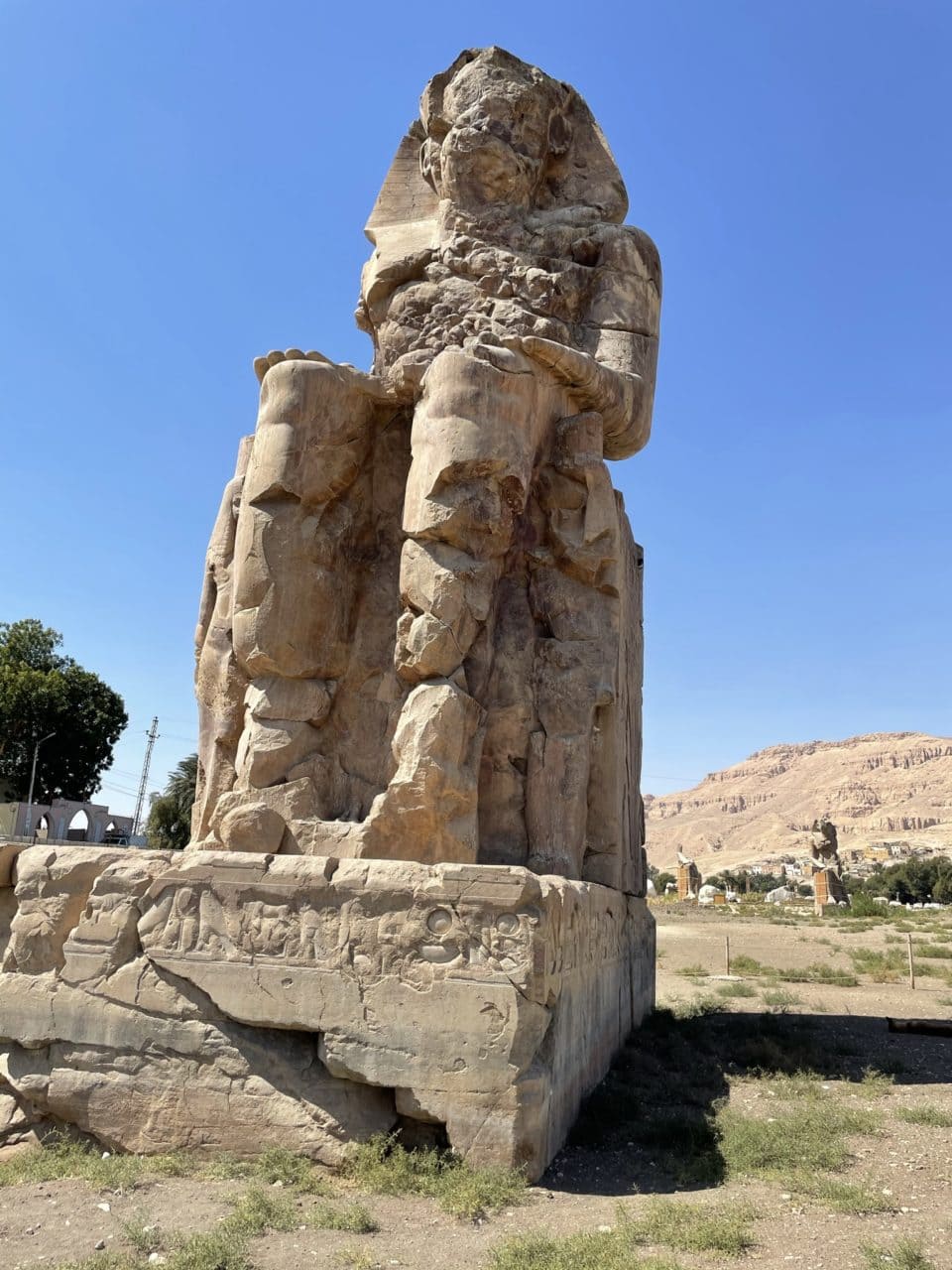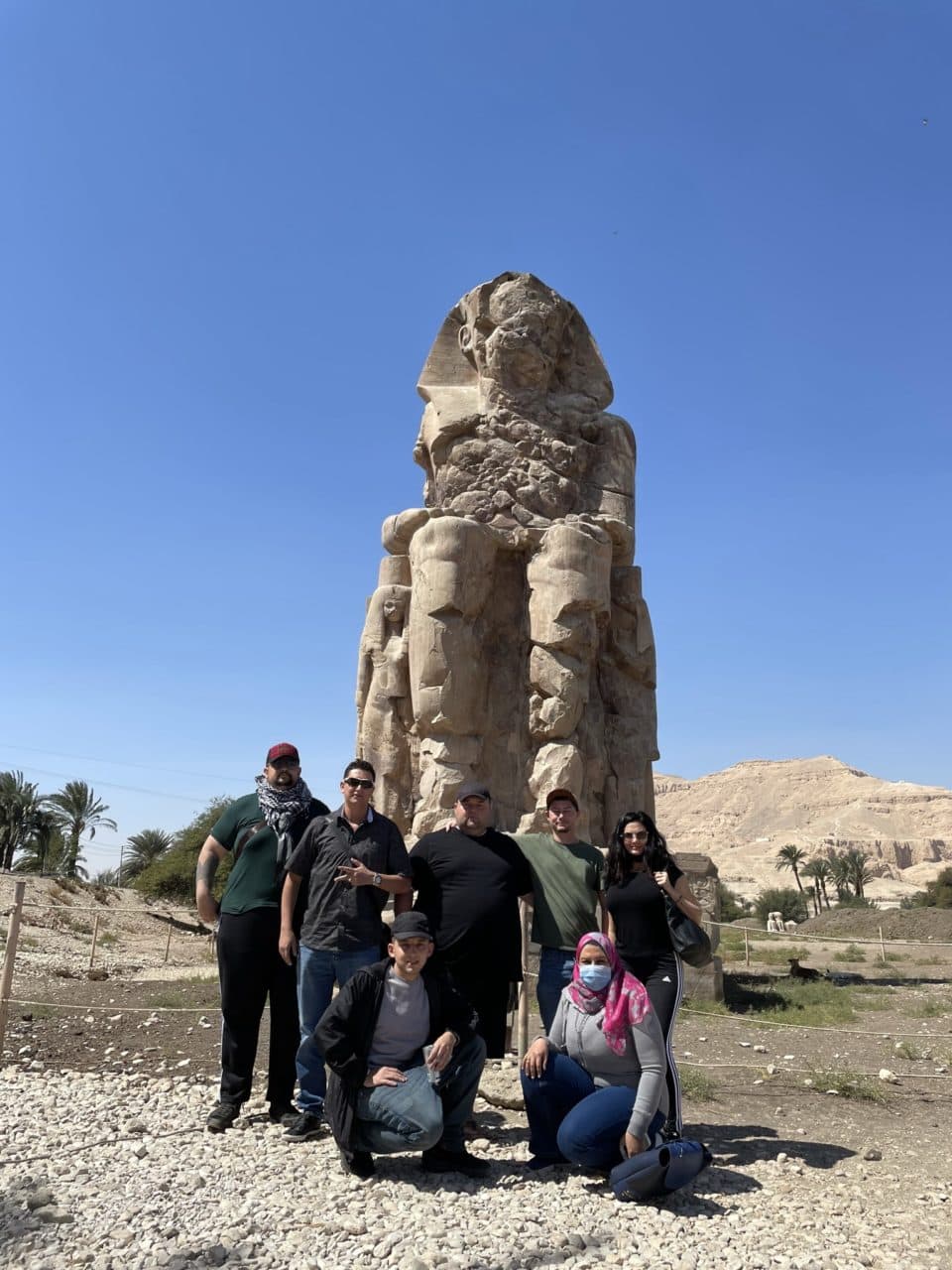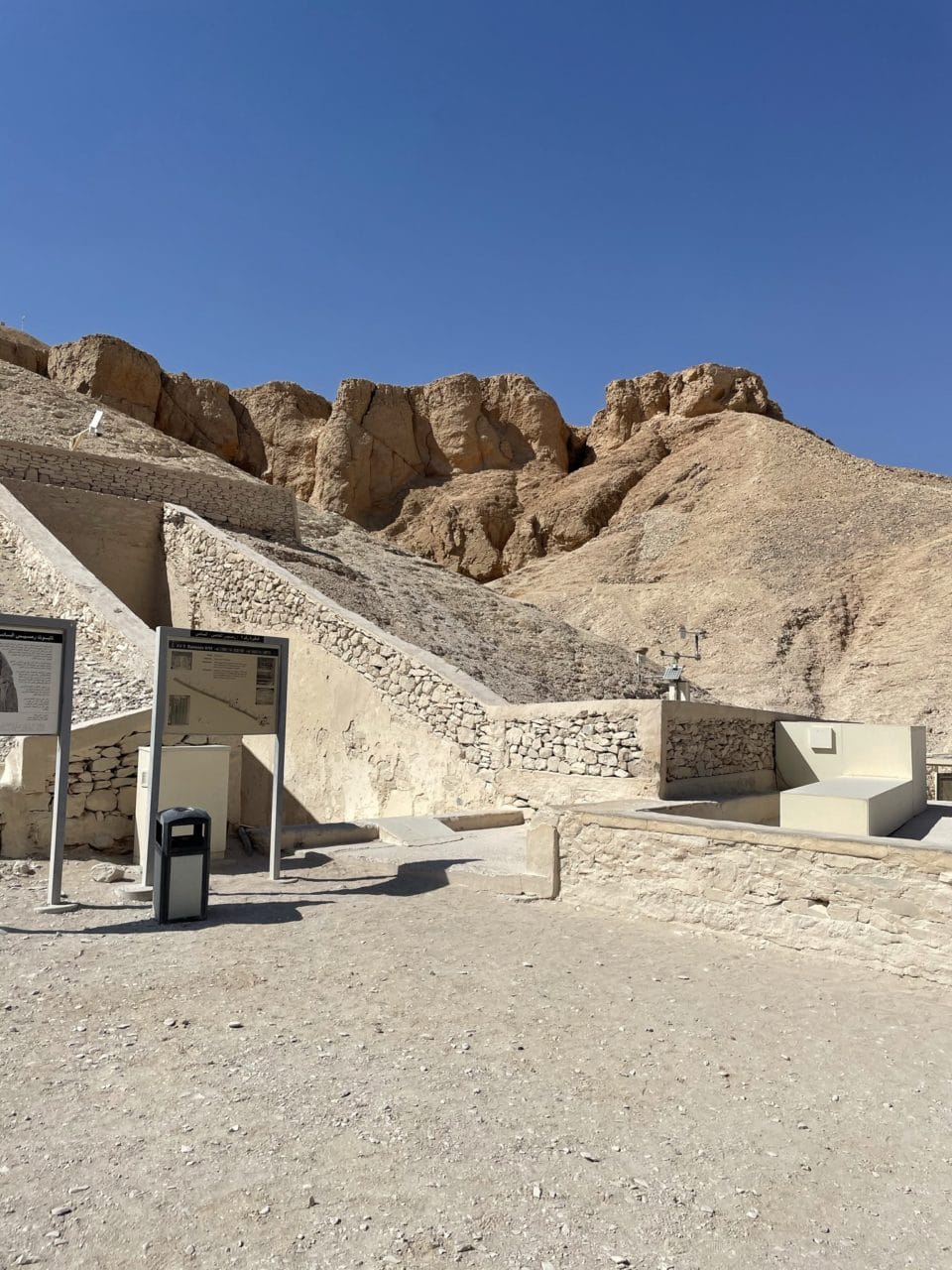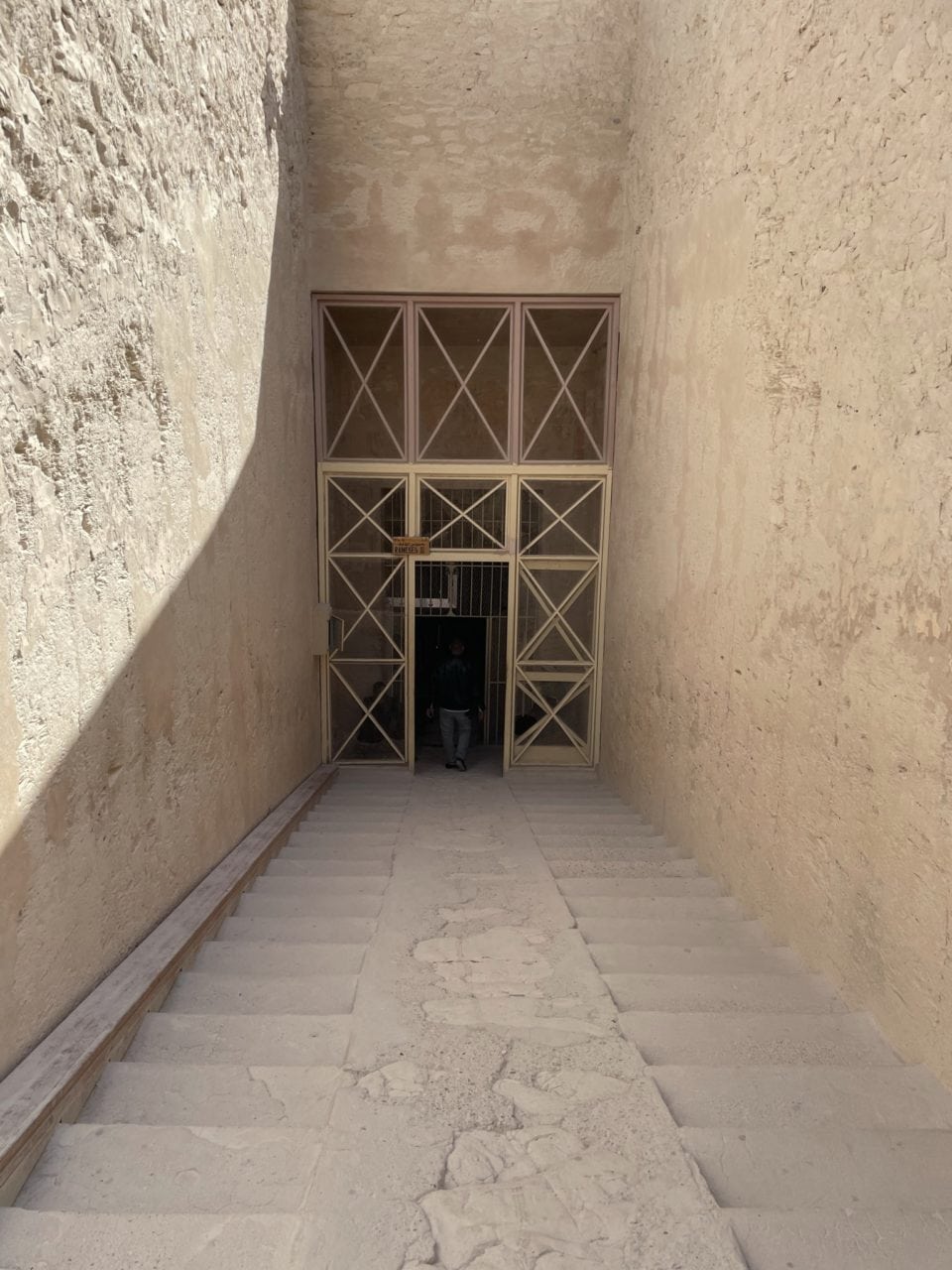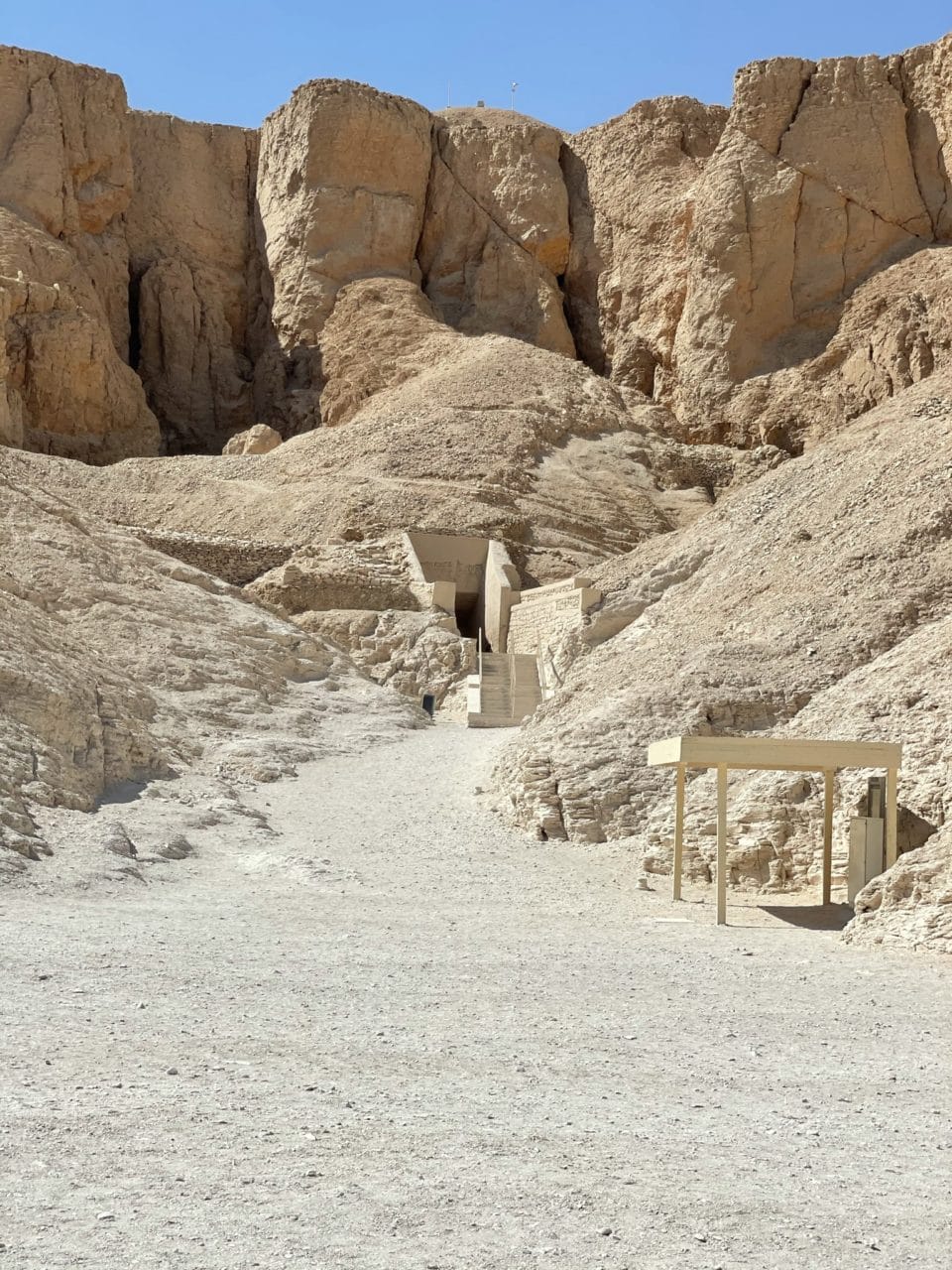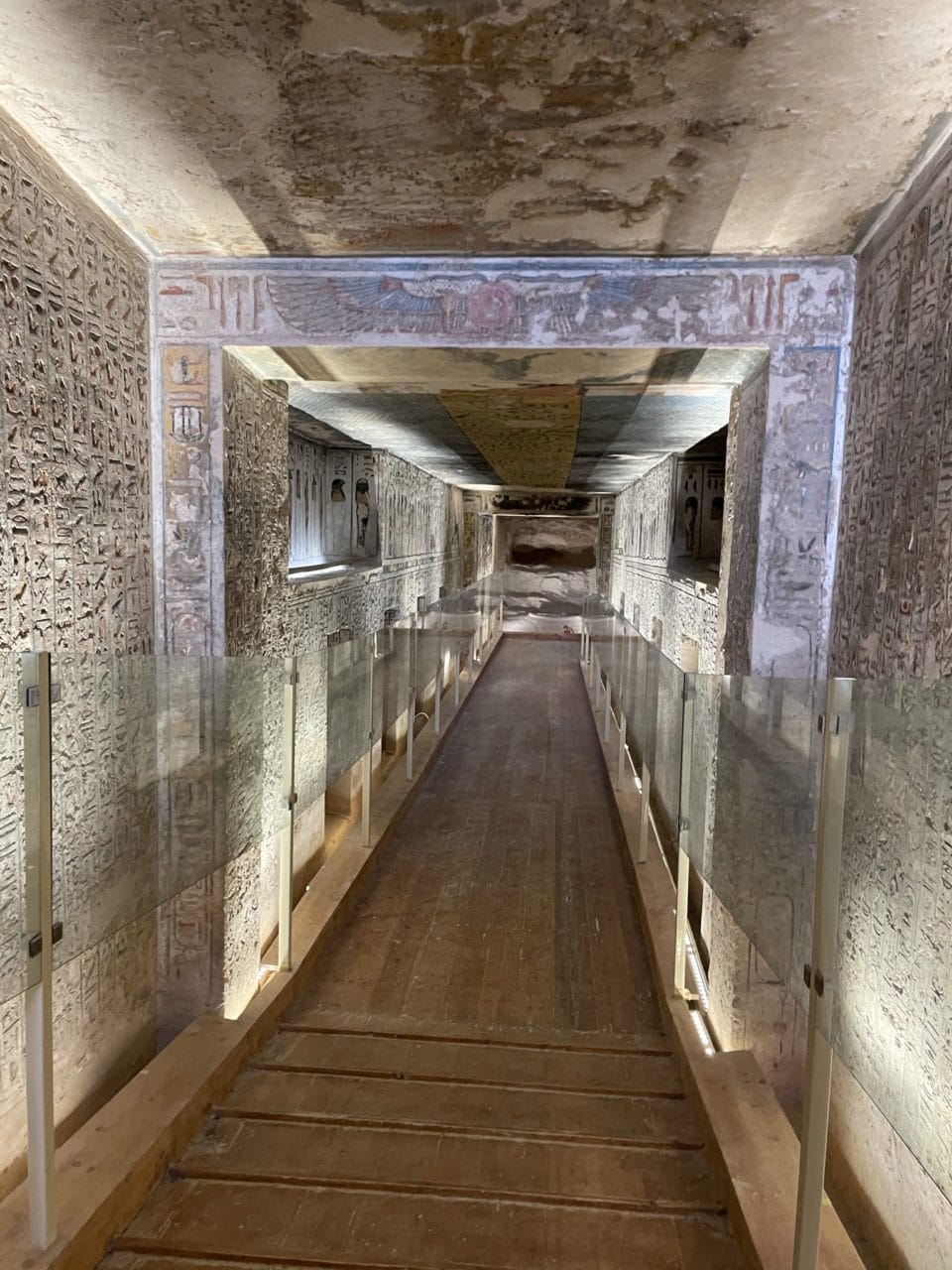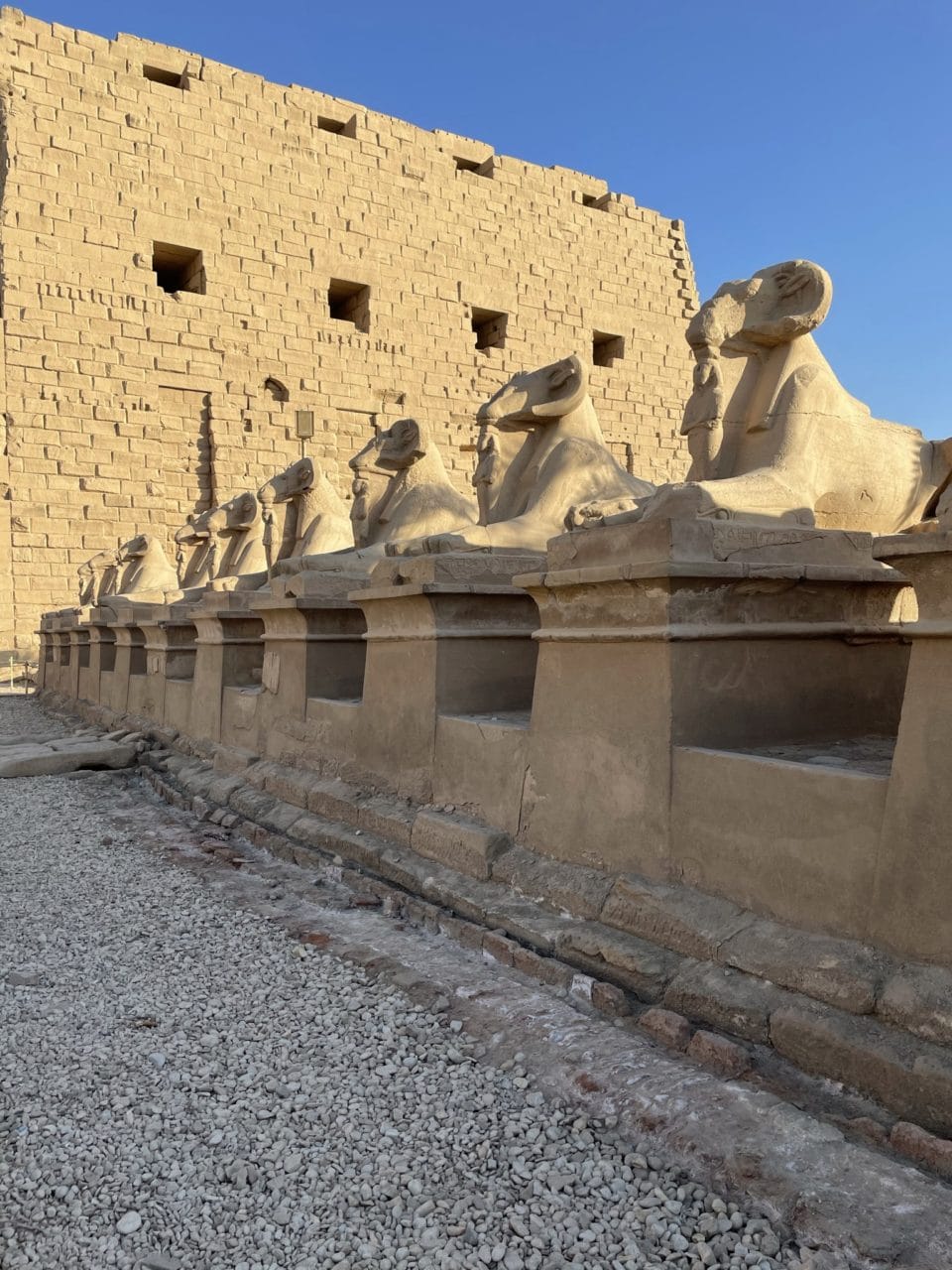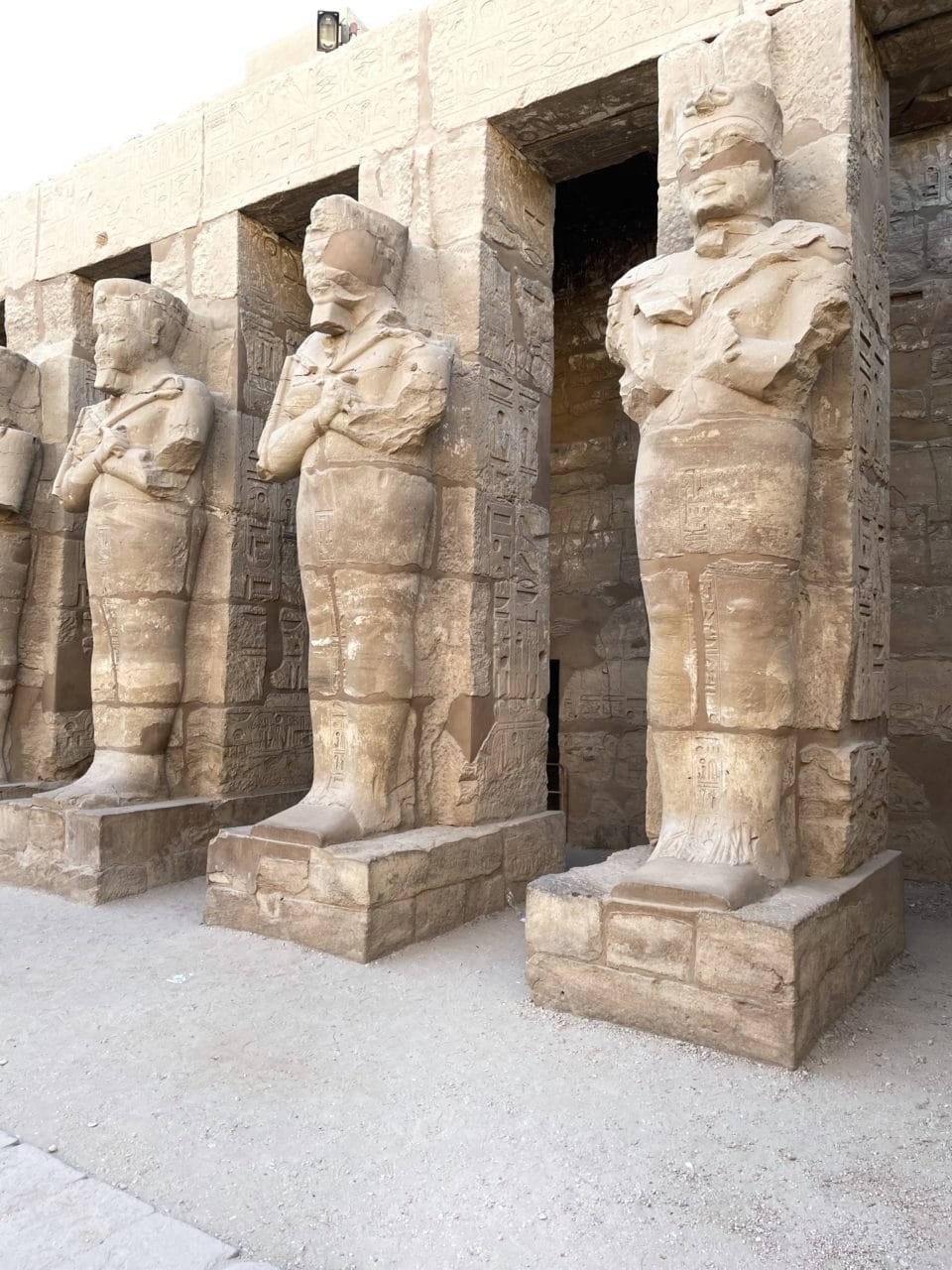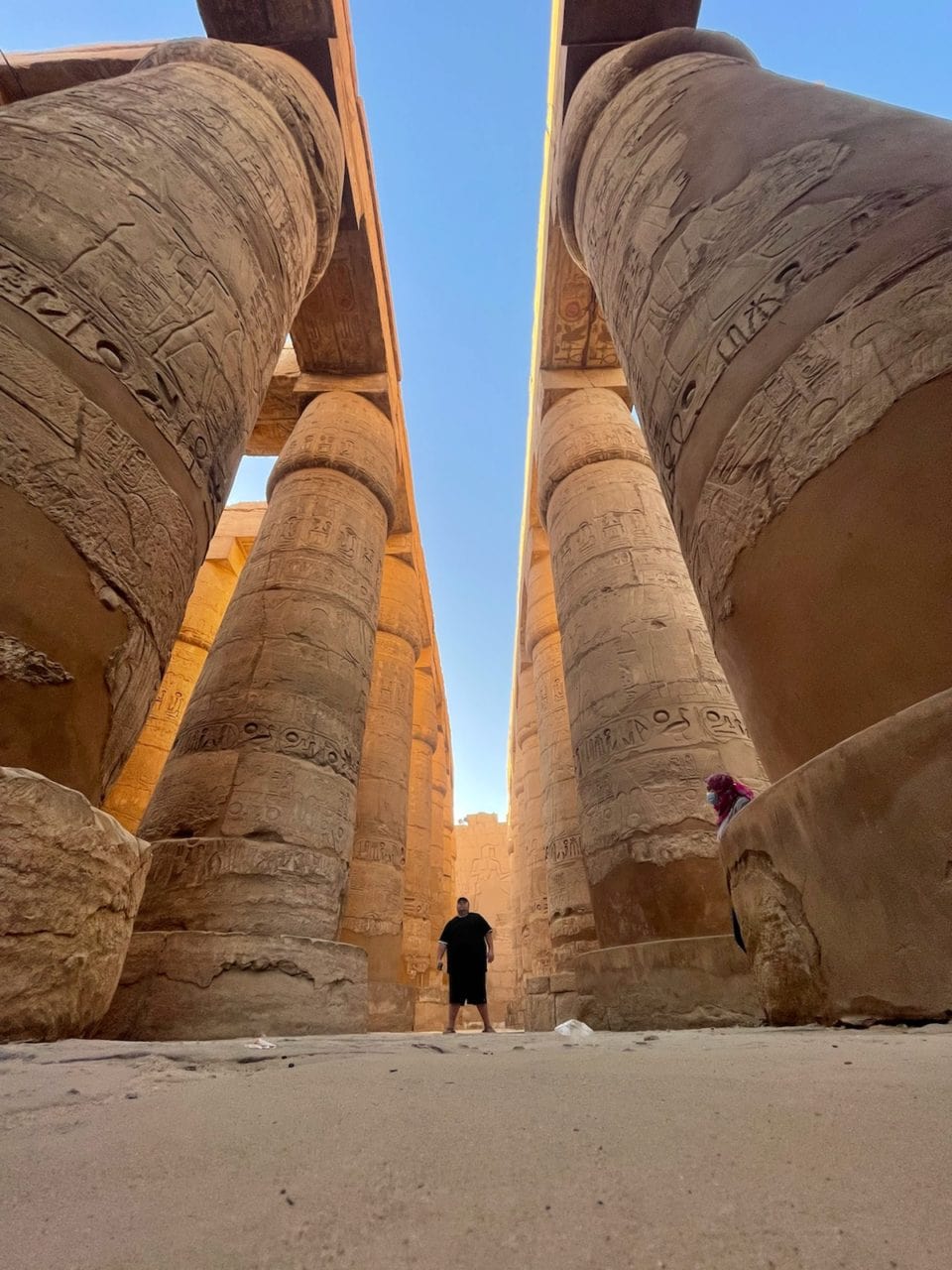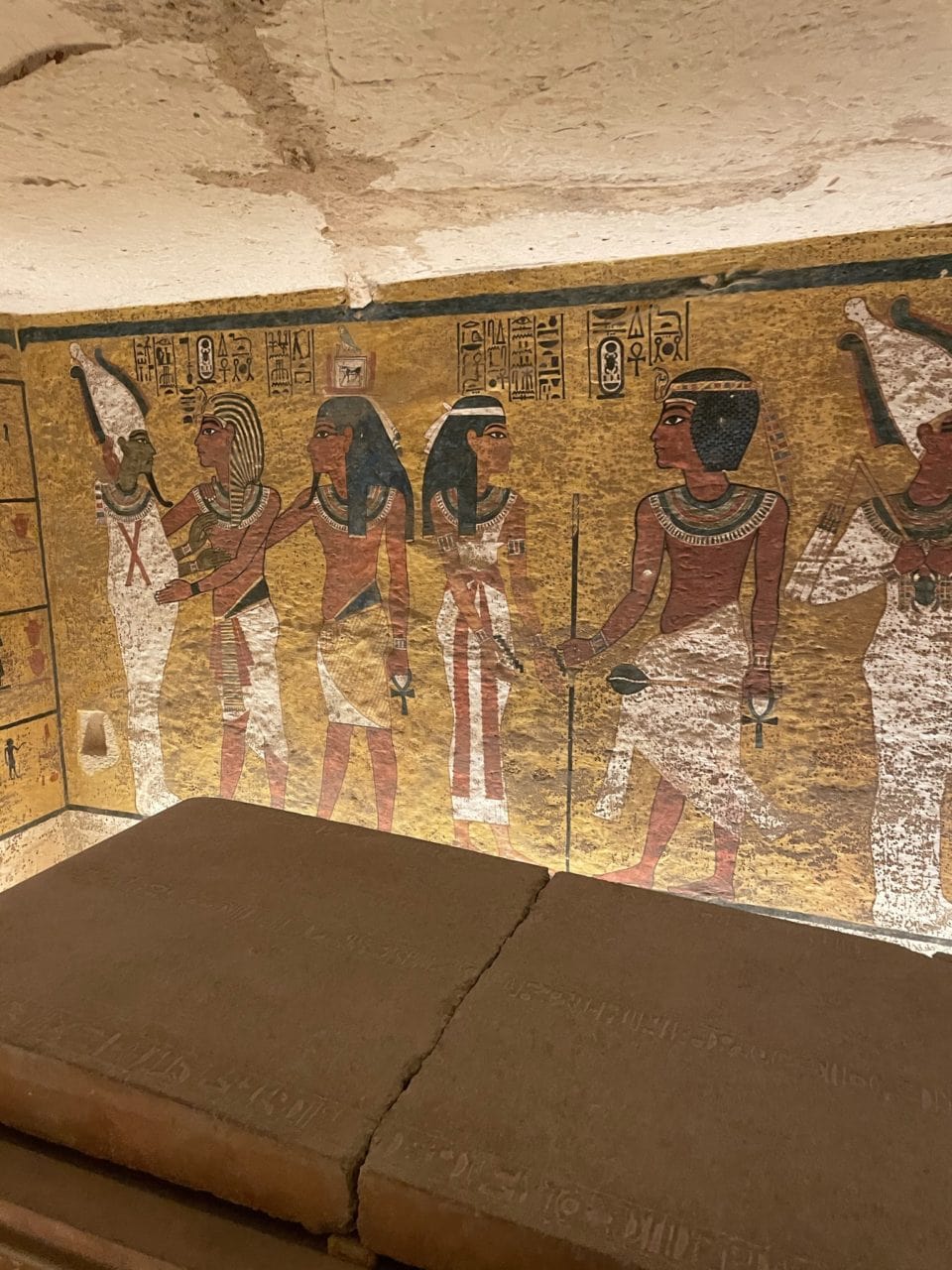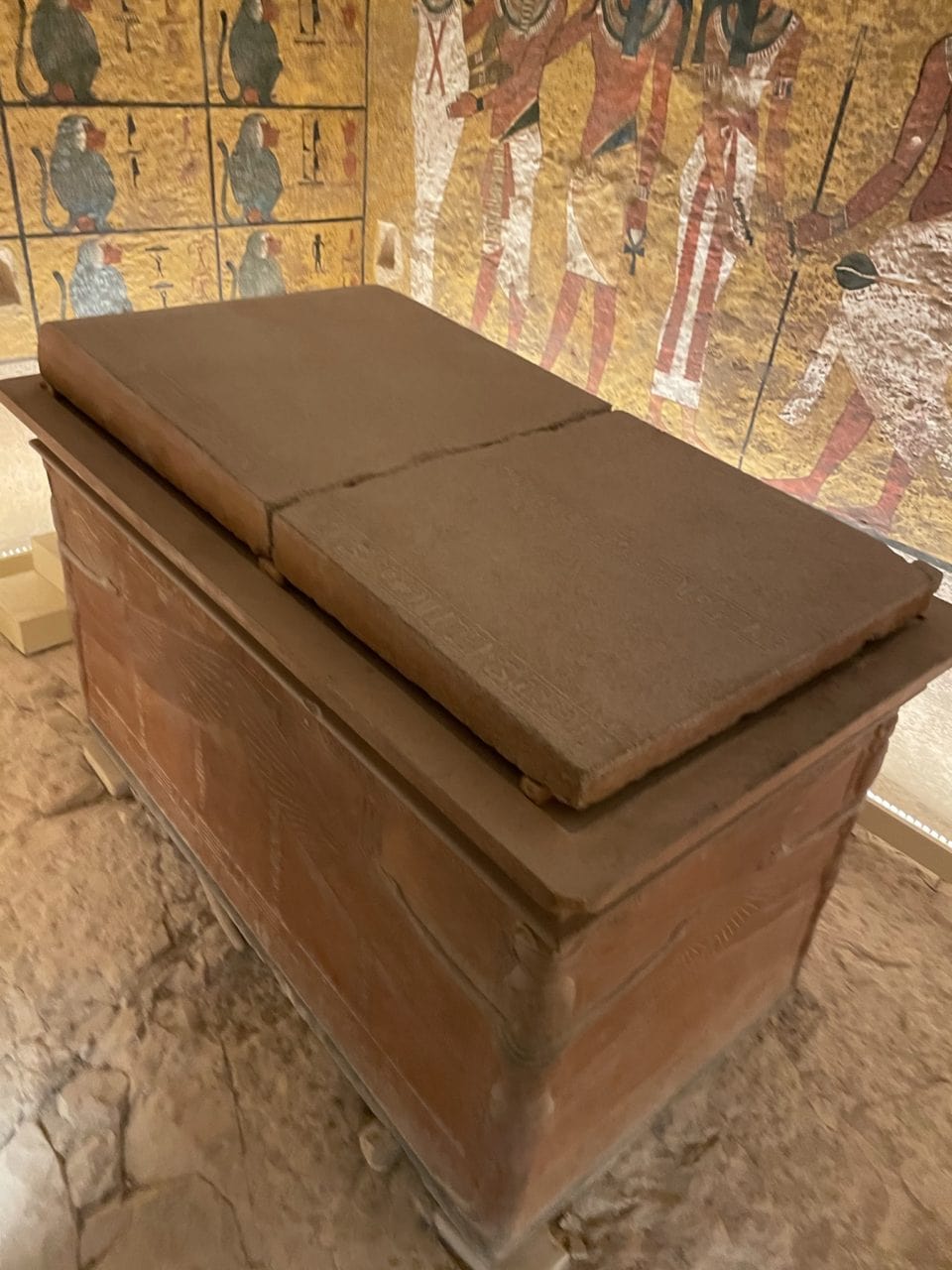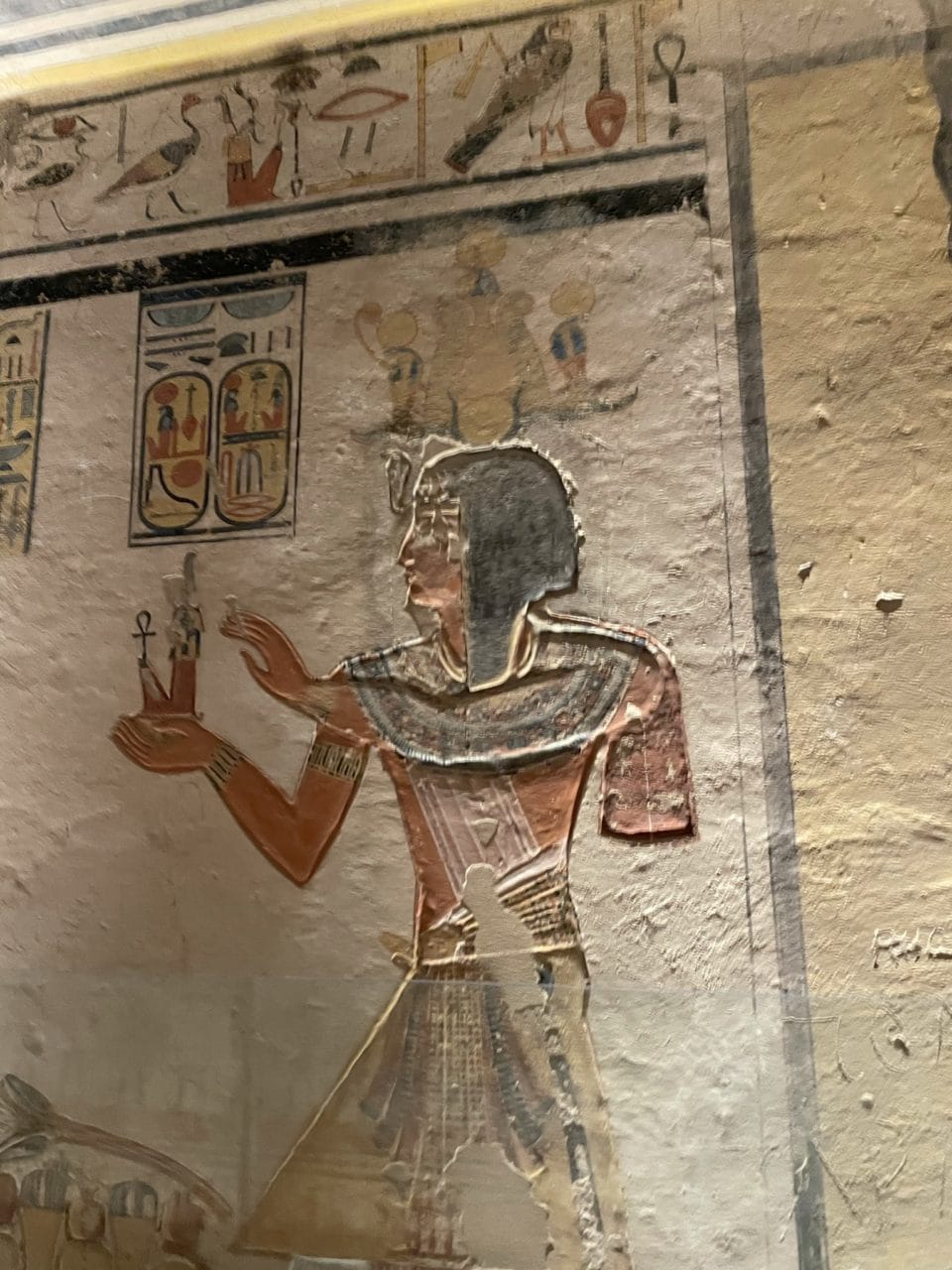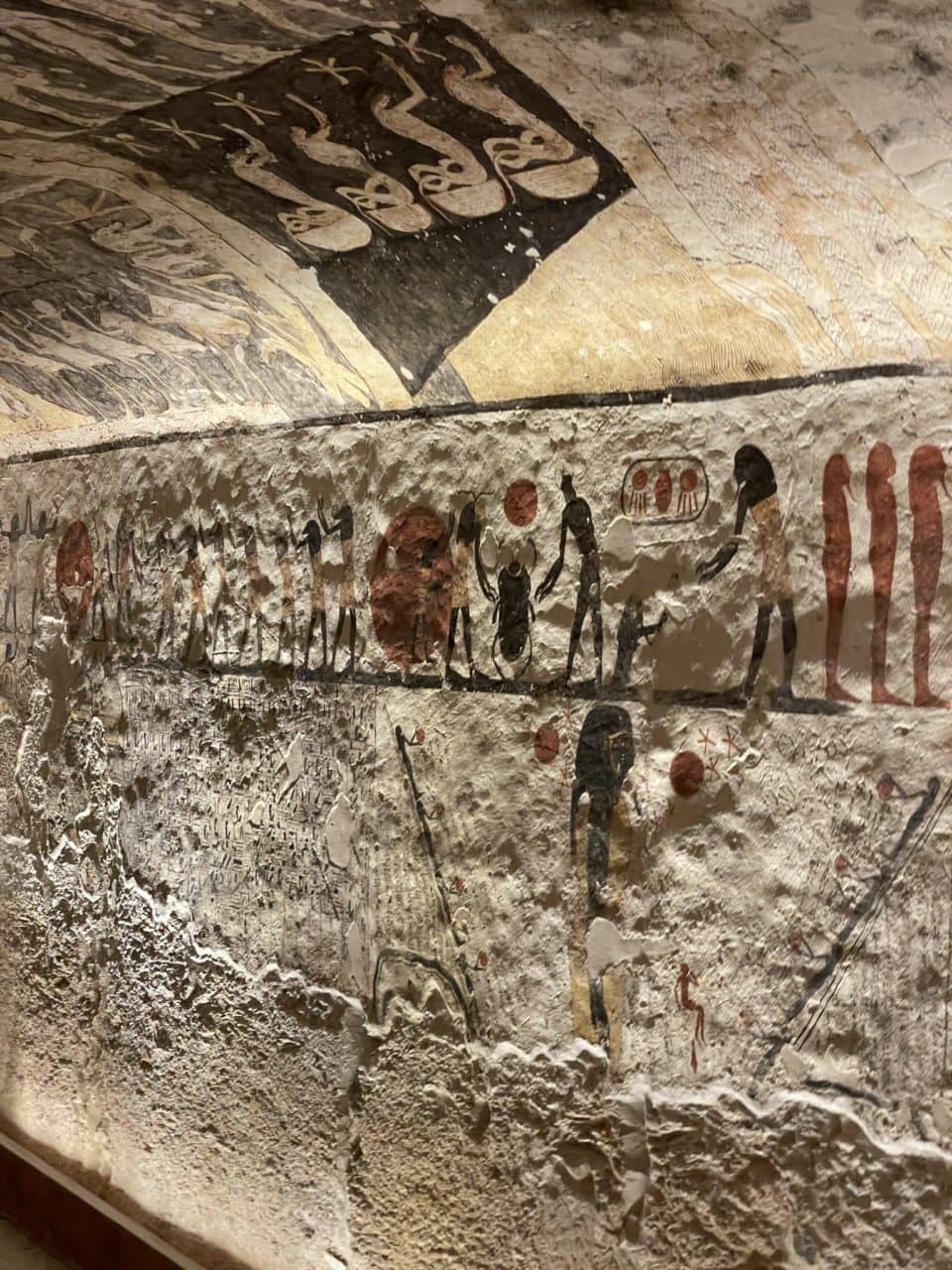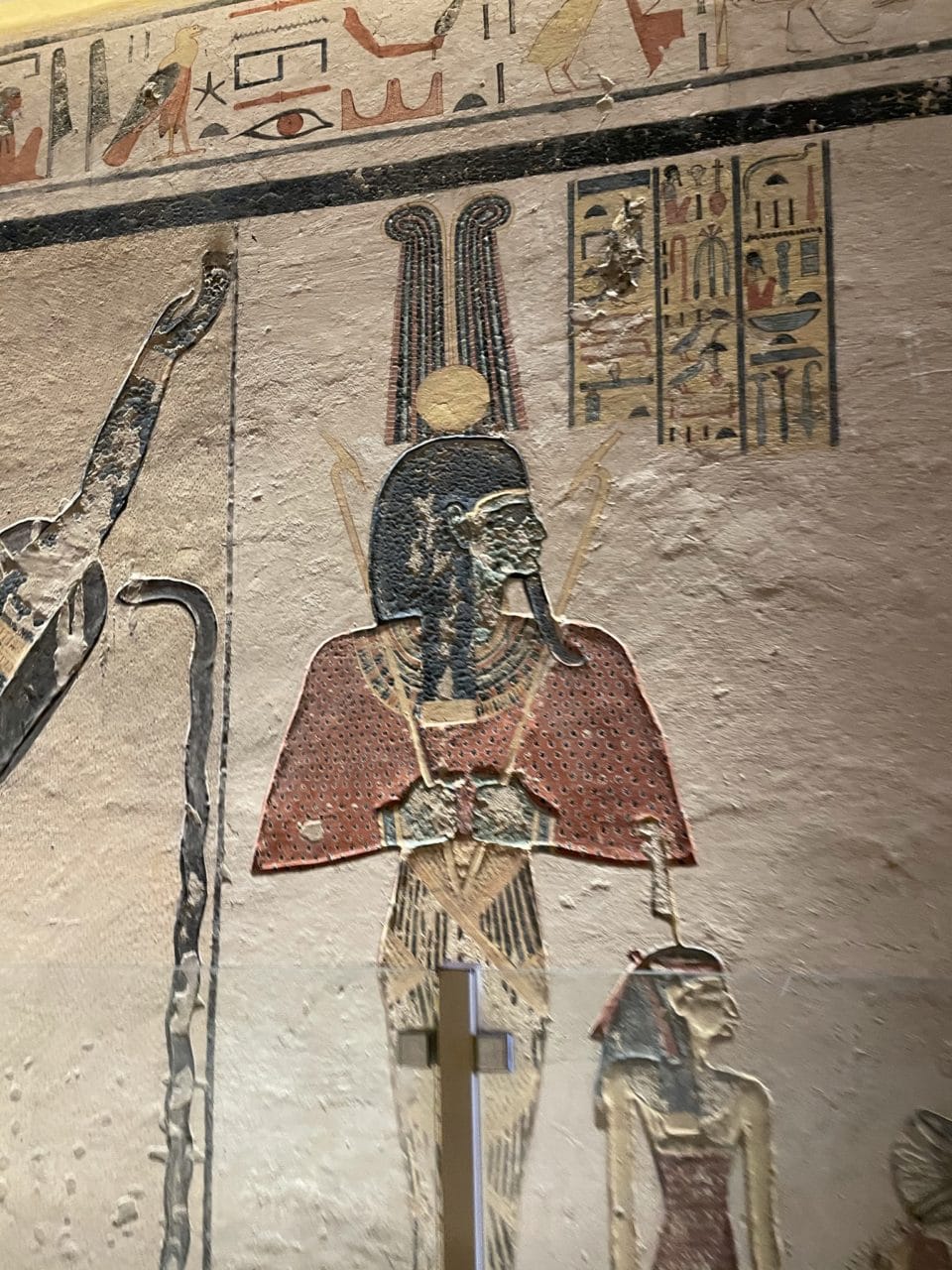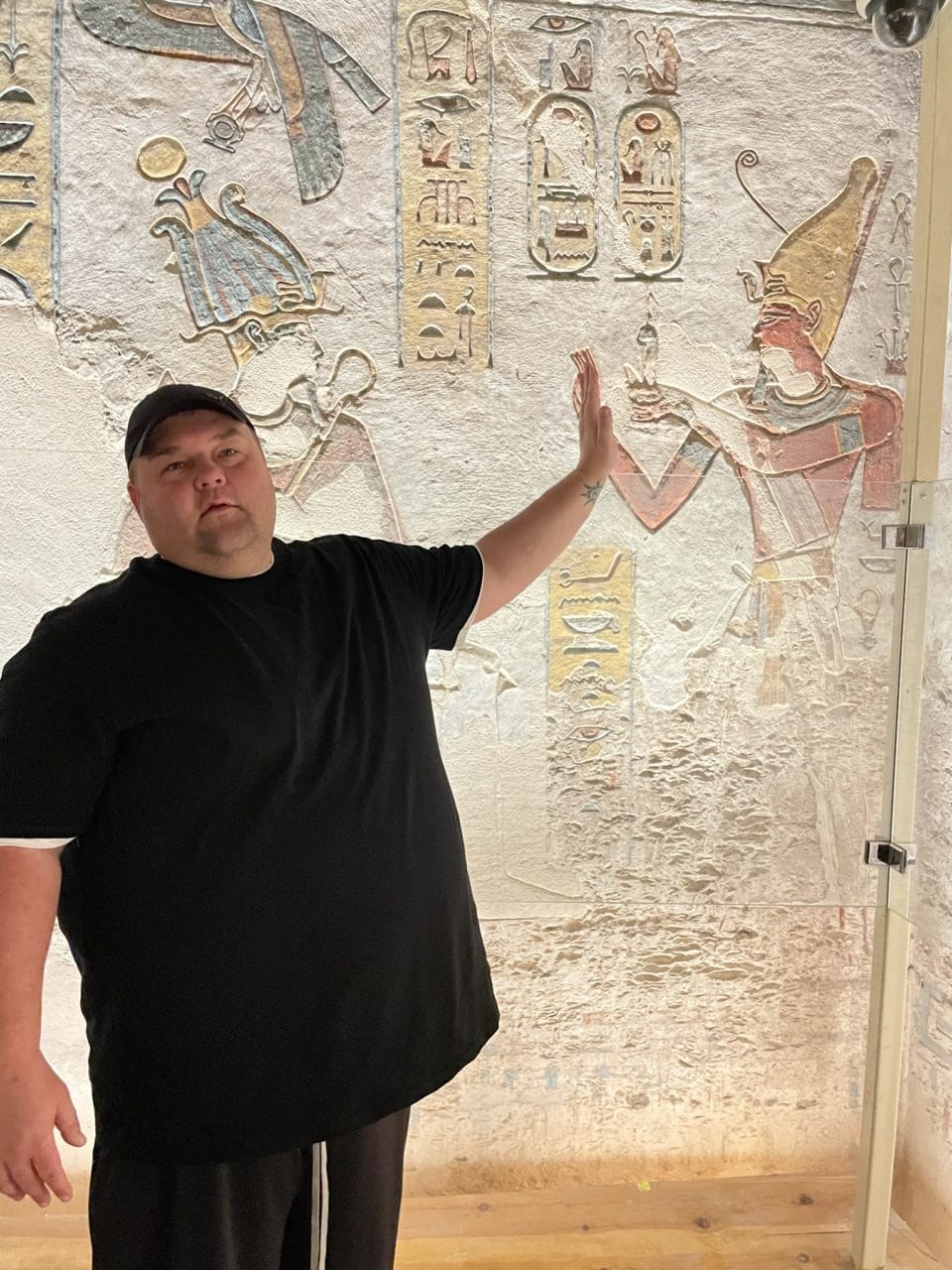March 4, 2021
The City of Luxor: Archeologically Stunning
The city of Luxor is in southern Egypt. This city contains the ruins of the ancient Egyptian city of Thebes, which was the pharaoh’s capital during the 11th century B.C. Today, the city of Luxor holds two huge ancient monuments, the Luxor and Karnak Temple. While in the city, you’ll also have the opportunity to see the royal tombs in the Valley of the Kings on the west bank of the Nile River. People from all around the world come to visit these famous monuments, which contributes a lot to the city’s economy.
The East and West Bank
The Nile River splits Luxor into two parts, the East Bank and the West Bank. The East Bank is where you will find the town of Luxor, and is the home to the Luxor temple and Temple of Karnak. The East Bank is where most locals live and work, and it’s also where you’ll find the majority of hotels and restaurants.
Whereas, the West Bank is where the ancient Egyptians buried the dead. This is the home to many famous tombs and temples. The West Bank is also the gateway to the Valley of the Kings, which is one of the most famous archaeological sites in Egypt. This amazing site contains over sixty tombs for the pharaohs who ruled Egypt between 1539 and 1075 BC. However, only a few are available for viewing to the public. The Valley of the Kings has more burial grounds than any other royal place in the world, which is pretty interesting.
Temple of Karnak
The Temple of Karnak, located in the East Bank of Luxor, is an amazing sight to behold. It’s the largest religious building ever constructed in the world, covering about two-hundred acres. This city of temples was built over 2,000 years ago and was dedicated to the Theban Triad. The Theban Triad consists of Amun, Mut, and Khonsu, who were Egyptian gods popular in Thebes, Egypt. This temple is huge. As you can see in the picture below, I look so small next to the gigantic pillars. So many structures are still perfectly intact.
The Tomb of King Tut
King Tut’s Tomb is a very famous monument located in the Valley of the Kings. King Tutankhamun ruled Egypt as pharaoh for ten years until died at only 19 years old, which was around 1324 B.C. Tutankhamun’s body remains showed a hole in the back of the head, leading some to believe he was assassinated. However, recent tests show that the hole was actually formed during his mummification. Medical scans also showed that he had an infected leg and several malaria infections, which all could have contributed to his death.
King Tut’s tomb is located right in the desert, making the atmosphere very dirty and dusty. As you enter the area, you will see entrances for each of the kings. Then, when you enter their tombs, you will see hieroglyphics all over the walls that are thousands of years old. Despite their age, they are still very vivid and full of color. While in King Tut’s tomb, we were in awe of cool it was. It’s crazy to think we were standing right in front of the mummified remains of King Tut.
The Experience
Everything in the city of Luxor was amazing. Unfortunately, we only got to spend one day in the city. We flew in on a jet at 9 AM and then had to fly out at 8 PM to Dubai. However, we were still able to see so many amazing things. I would highly recommend visiting this incredible city. There is an endless amount of Egyptian history, which was so interesting to learn about. If you have any further questions or would just like to connect with me more, you can message me on my travel blog.
Share This Post
Big Guy Big World is a travel blog, following Mark Jacoby’s journey as a big guy on a bigger journey, exploring the world during a global pandemic. Follow along as we experience some of the world’s most beautiful and exotic places.

